Developing a ranch horse with exceptional stamina isn’t just about having a harder-working animal—it’s about creating a healthier, more confident, and more capable equine partner. Ranch horses face unique demands that differ significantly from those of show or pleasure horses. They must navigate varied terrain, work cattle for extended periods, and maintain consistent performance throughout long workdays. Whether you’re preparing for competitive ranch versatility events or simply want a more reliable working partner on your property, improving your horse’s stamina requires a comprehensive approach. This article explores proven strategies to enhance your ranch horse’s endurance, covering everything from foundational conditioning to nutrition and recovery techniques that will transform your horse’s working capacity.
Understanding the Fundamentals of Equine Stamina
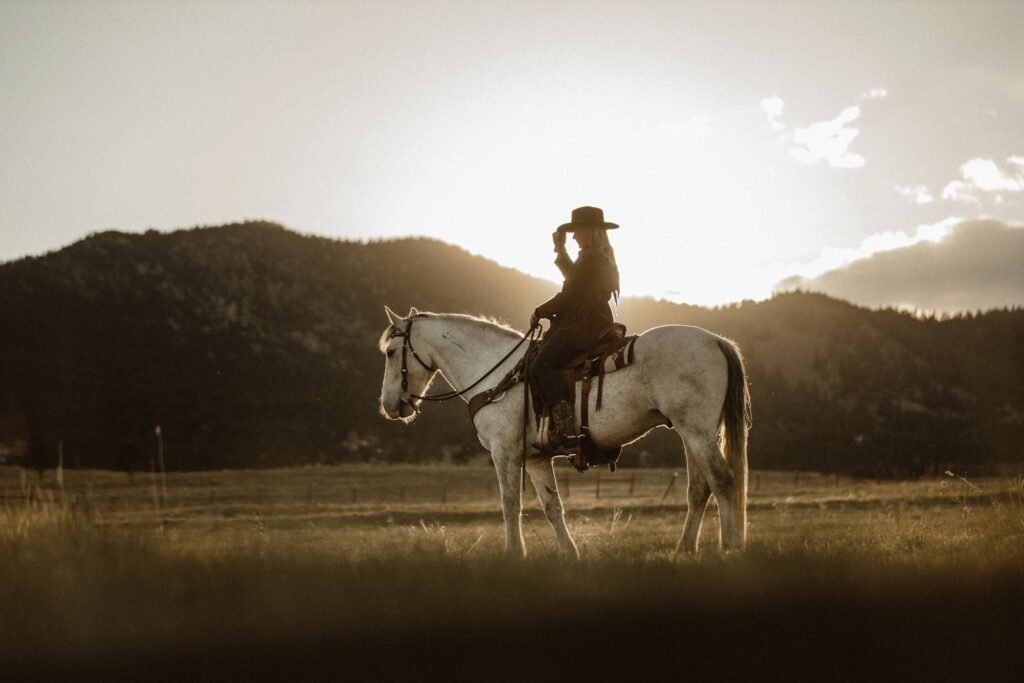
Stamina in horses involves multiple physiological systems working in harmony, including cardiovascular efficiency, respiratory capacity, muscular endurance, and metabolic function. A horse with good stamina has a strong heart that efficiently pumps oxygen-rich blood to working muscles, a respiratory system that effectively exchanges oxygen and carbon dioxide, and muscles that can utilize energy efficiently while resisting fatigue. The foundation of stamina is aerobic fitness—the ability of a horse’s body to use oxygen during sustained activity—which differs from anaerobic fitness, which powers short bursts of intense effort. Understanding these distinctions allows you to create training programs that specifically target the endurance needs of ranch horses, whose work typically demands sustained effort rather than short sprints.
Establishing a Progressive Conditioning Program
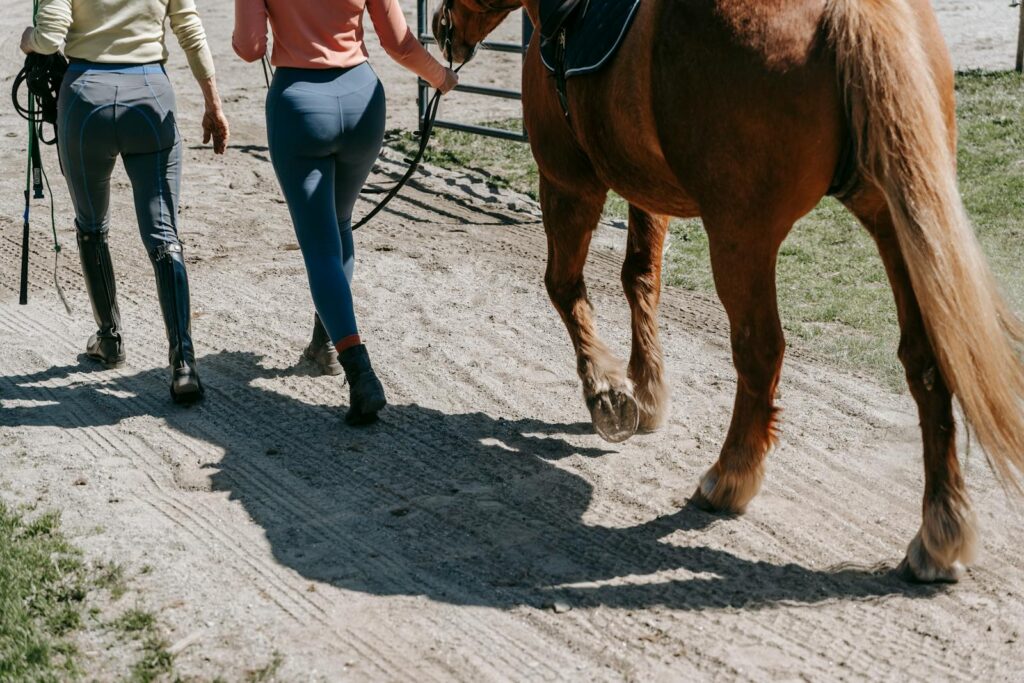
Effective stamina building requires a systematic approach that gradually increases the duration and intensity of work over time. Start with a base conditioning phase lasting 4–6 weeks, focusing on low-intensity, longer-duration rides that primarily develop aerobic capacity—typically 30–60-minute sessions at a walk and trot over varied terrain. As your horse’s fitness improves, gradually introduce more challenging elements: longer rides, more difficult terrain, and controlled speed intervals. Consistency is key; three to four conditioning sessions per week are far more effective than sporadic intense workouts. Throughout this progression, monitor your horse’s vital signs—respiration, heart rate recovery, and overall attitude—to ensure you’re building stamina without exceeding your horse’s current capabilities.
Incorporating Hill Work for Natural Conditioning

Hill work is one of the most effective natural conditioning exercises for developing a ranch horse’s stamina while simultaneously building hindquarter strength and balance. Working a horse uphill significantly increases cardiovascular demands and engages the powerful muscles of the hindquarters more intensely than working on flat ground. Start with gentle slopes at a walk, allowing your horse to develop proper pushing technique without strain, and gradually progress to steeper inclines and faster gaits as fitness improves. Downhill work, when done at a controlled pace, helps develop balance, strengthens the forehand, and encourages core engagement. The varied demands of hill work also prepare ranch horses for the uneven terrain they’ll encounter during daily tasks, making this form of conditioning especially practical.
Implementing Interval Training Techniques
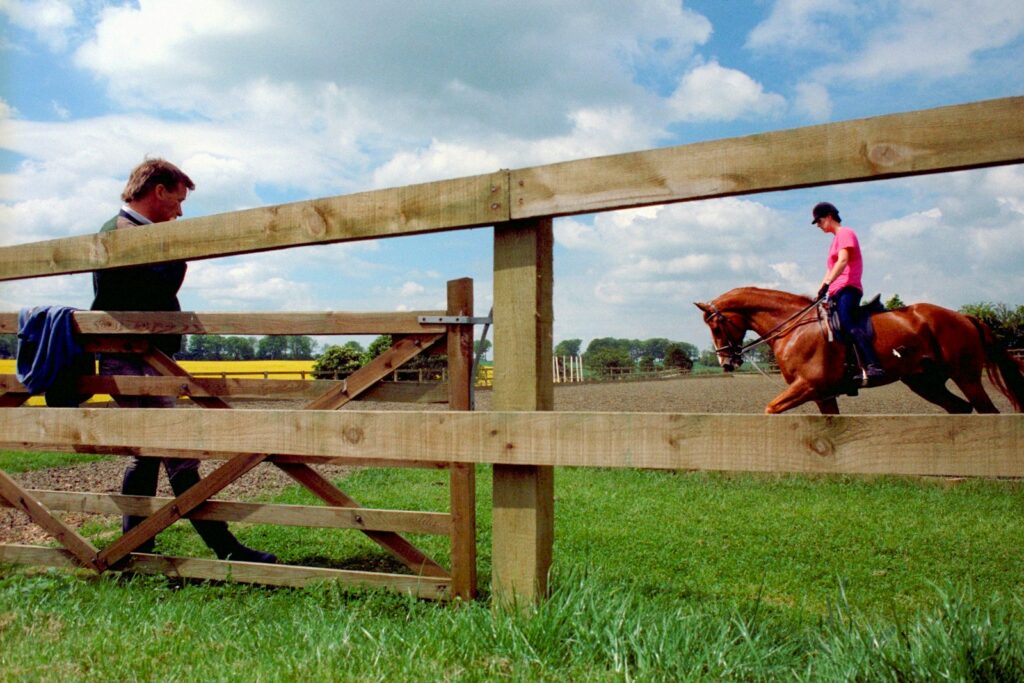
Interval training—alternating periods of higher-intensity work with recovery periods—is highly effective for improving a ranch horse’s stamina while preventing overtraining and boredom. A basic interval session might involve 2–3 minutes of collected trot or canter followed by 5 minutes of walking, repeated several times during a workout. This method strengthens the cardiovascular system more efficiently than steady-state exercise alone by teaching the horse to recover while still in motion—a critical skill for ranch work. As your horse’s fitness improves, you can adjust the work-to-rest ratio by gradually increasing the intensity and duration of work intervals while shortening recovery periods. One of the greatest advantages of interval training is its flexibility; it can easily be incorporated into everyday ranch tasks by intentionally structuring periods of effort and recovery throughout the day.
Optimizing Nutrition for Endurance Performance
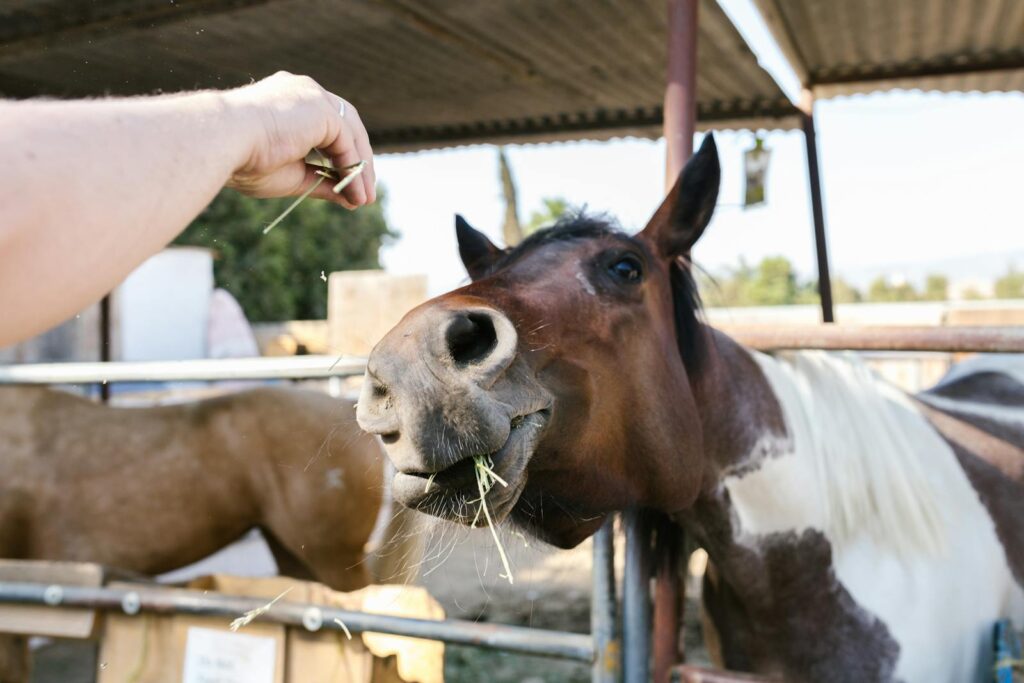
A ranch horse’s diet must support its increased energy demands while providing nutrients essential for muscle recovery and overall health. Forage should always form the foundation of the diet, with quality hay or pasture comprising 1.5-2% of body weight daily, as fiber provides slow-release energy ideal for sustained work. For horses in moderate to heavy work, supplementing with concentrated energy sources becomes necessary—typically through grains or commercial feeds that provide a balance of carbohydrates and fats, with fat being particularly valuable for endurance work. Pay special attention to electrolyte balance, especially during hot weather or intense work periods, as electrolyte deficiencies can dramatically impact stamina and recovery. Work with an equine nutritionist to create a balanced feeding program that accounts for your horse’s individual metabolism, workload, and the specific demands of your ranch environment.
Developing Mental Stamina and Work Ethic
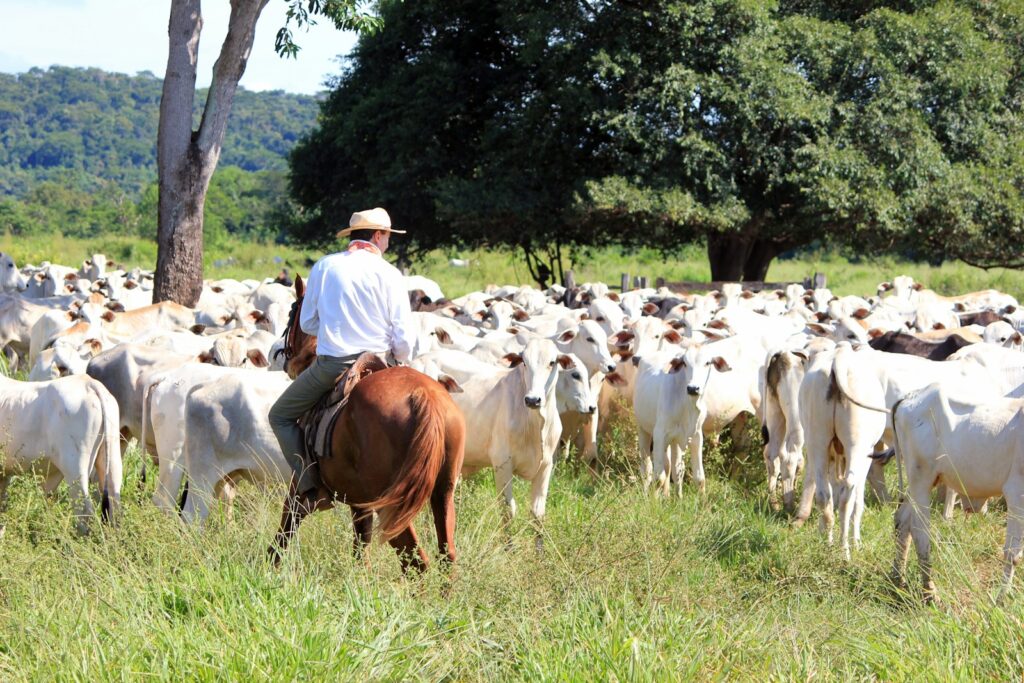
Physical conditioning accounts for only part of a ranch horse’s stamina equation—mental fortitude and the willingness to continue working when tired are equally important attributes. Develop your horse’s mental stamina by gradually lengthening work sessions and introducing varying challenges that require focus over extended periods. Incorporate tasks that require problem-solving, such as negotiating obstacles or figuring out the best approach to moving cattle, which builds mental engagement alongside physical endurance. Positive reinforcement when your horse continues to try despite fatigue helps build the psychological stamina needed for ranch work. Remember that horses, like humans, need mental variety to prevent burnout, so alternating between different types of work—cattle days, trail days, arena work—helps maintain enthusiasm and prevents the development of resistance or avoidance behaviors.
Utilizing Long, Slow Distance Training

Long, slow distance (LSD) training forms a cornerstone of endurance development for ranch horses, building aerobic capacity and mental fortitude through extended, low-intensity sessions. These workouts typically involve 1–3 hour rides at primarily a walk and trot, with the horse maintaining a relaxed, sustainable pace throughout. LSD training gradually strengthens tendons and ligaments, improves metabolic efficiency so the horse burns energy more effectively, and enhances capillary development for better oxygen delivery to muscles. This approach is particularly valuable for ranch horses because it mimics the sustained, moderate-intensity work often required during actual ranch tasks. Begin with distances and durations your horse can comfortably handle, then gradually increase by approximately 10% each week, always monitoring for signs of fatigue or discomfort that might indicate you are progressing too quickly.
Incorporating Real Work into Conditioning
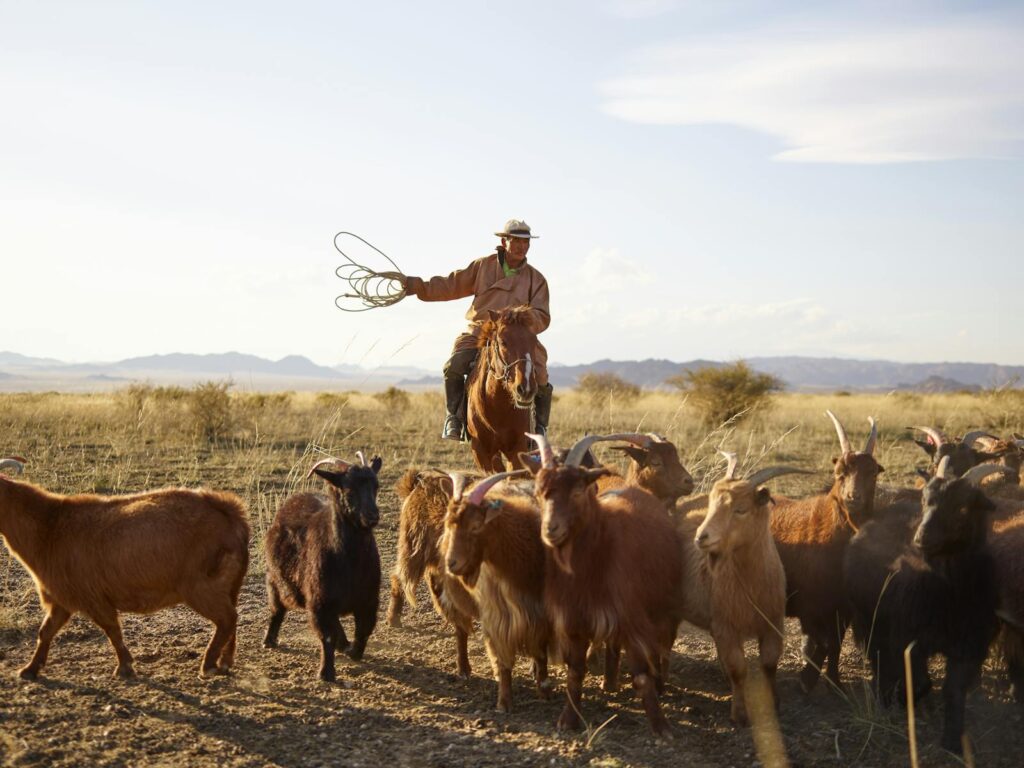
One of the most practical and effective ways to build a ranch horse’s stamina is through the actual work they are bred to perform. Real-world tasks like checking fence lines, moving cattle, or riding rugged terrain naturally incorporate varied speeds, terrain changes, and mental challenges that create well-rounded fitness. This functional conditioning develops specific fitness tailored to the exact demands your horse will face in daily work. To maximize the conditioning benefits of real work, structure these sessions thoughtfully—for instance, plan cattle work that progressively lengthens over several weeks, or deliberately choose more challenging terrain for routine rides as your horse’s fitness improves. The natural variety inherent in ranch work also helps prevent the physical and mental staleness that can occur with arena-only training programs.
Monitoring and Managing Recovery Periods
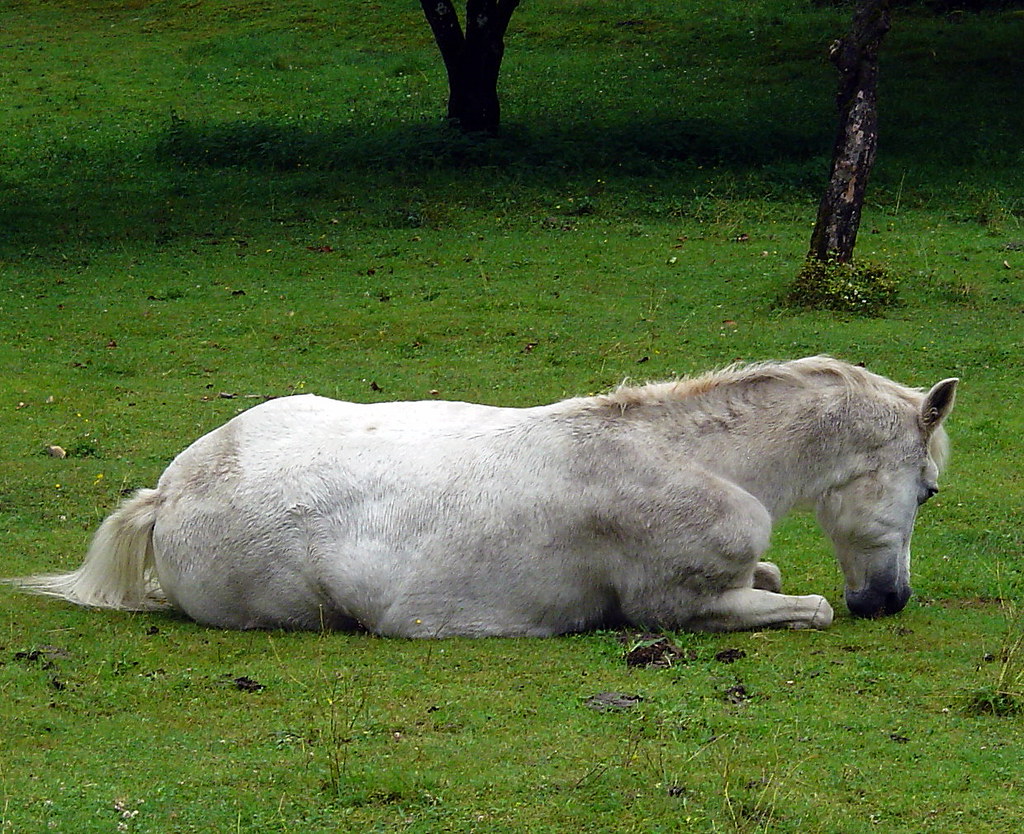
Recovery is when fitness adaptations actually occur, making proper rest between workouts just as important as the exercise itself for developing stamina. Monitor your horse’s recovery using objective measures such as resting heart rate, heart rate recovery after exercise (which should drop below 60 beats per minute within 10–15 minutes following moderate work), respiration rate, and subjective assessments of attitude and energy levels. Implement active recovery days featuring light, varied movement rather than complete rest to help clear metabolic waste products and promote circulation without adding training stress. For horses in intensive conditioning programs, consider tracking these recovery metrics over time to identify trends and detect potential signs of overtraining early. Remember that older horses or those returning from layoff periods typically require longer recovery windows between challenging workouts.
Addressing Limiting Factors: Respiratory Function

Respiratory efficiency often becomes a limiting factor in stamina development, particularly in ranch environments where dust, allergens, and varying weather conditions can affect breathing. Prioritize good barn ventilation and manage dust by choosing appropriate bedding and wetting down arenas or work areas when possible. Consider the timing of workouts to avoid the highest pollen counts or the poorest air quality parts of the day, especially for horses with respiratory sensitivities. For horses working at high altitudes, allow extended acclimatization periods to help their respiratory systems adjust to lower oxygen availability before expecting peak performance. Some ranchers find that nasal strips help horses during especially demanding work by keeping airways more open, though research on their effectiveness remains mixed.
Employing Cross-Training Strategies

Cross-training—incorporating a variety of physical activities beyond typical ranch duties—builds more complete fitness while reducing repetitive stress on specific body structures. Swimming offers excellent cardiovascular conditioning with minimal joint impact, making it especially valuable for older ranch horses or those recovering from injury while maintaining fitness. Groundwork exercises that focus on lateral movement and collection enhance core strength and balance, leading to more efficient movement and greater stamina. Arena work emphasizing transitions between gaits builds responsiveness and strengthens the muscles needed for collecting and extending stride—skills critical for navigating varied terrain efficiently. Even activities like ponying another horse or occasional competitive trail obstacles can engage your ranch horse’s mind and body in new ways, contributing significantly to overall stamina development.
Implementing Proper Warm-Up and Cool-Down Protocols

Effective warm-up and cool-down routines are essential components of every training session, optimizing performance during work and enhancing recovery afterward. Begin each session with at least 10–15 minutes of progressive warm-up, starting with walking to increase blood flow and joint lubrication, then incorporating gentle bending, lateral movements, and transitions before moving into more demanding work. This preparation significantly reduces the risk of injury and allows the horse to perform at higher intensities during the main workout. After work, implement a structured cool-down of at least 10–15 minutes of active walking, which helps clear lactic acid from the muscles and prevents blood pooling in large muscle groups. The cool-down phase also provides an excellent opportunity to assess your horse’s recovery by monitoring how quickly respiration and heart rate return to normal, offering valuable feedback about fitness level and readiness for increased training demands.
Managing Environmental Challenges to Stamina
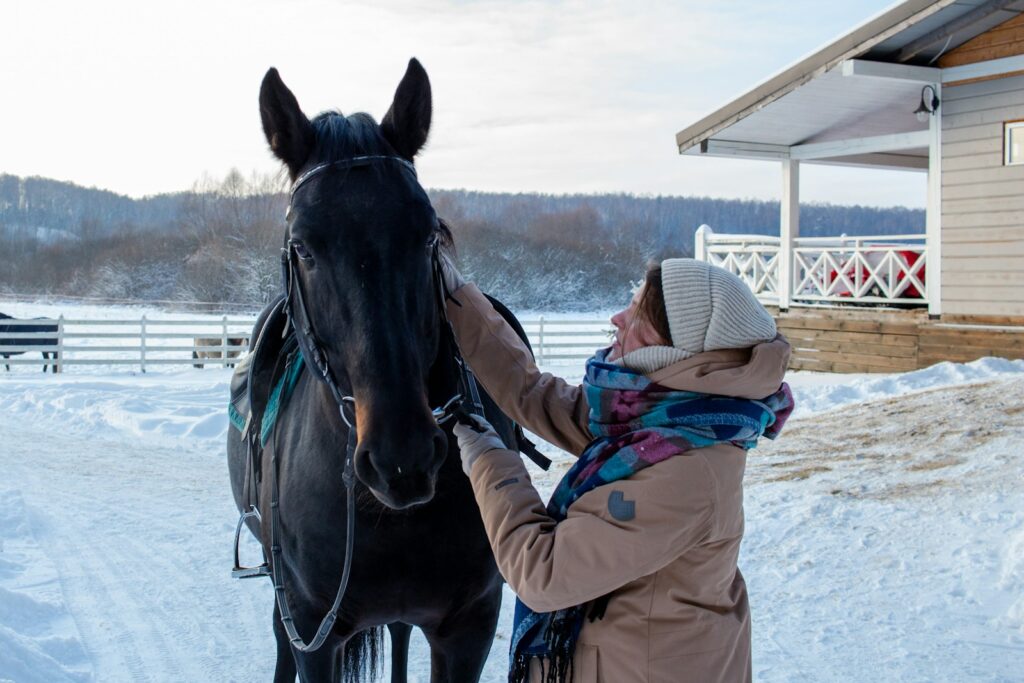
Ranch horses must maintain stamina across varying environmental conditions, which requires specific adaptations to your conditioning program based on climate realities. In hot, humid conditions, acclimatization is crucial—gradually introducing horses to heat over 10–14 days allows for physiological adaptations such as improved sweating efficiency and increased blood plasma volume. During extreme weather, adjust work intensity and duration rather than eliminating training altogether; shorter, less intense sessions can maintain fitness while respecting environmental limitations. Cold weather conditioning requires special attention to proper warm-ups to prevent soft tissue injuries, and may also involve adjusting schedules to take advantage of the warmest part of the day. For horses working at higher elevations, recognize that the reduced oxygen availability requires a more gradual conditioning approach, with fitness gains typically occurring more slowly than at lower elevations.
Leveraging Technology and Expert Guidance

Modern technology offers valuable tools for objectively tracking your ranch horse’s stamina development and guiding training decisions. Heart rate monitors specifically designed for equine use provide immediate feedback on workout intensity and recovery capacity, helping prevent overtraining while ensuring sufficient stimulus for improvement. GPS tracking can document distance, speed, and elevation changes during conditioning rides, creating objective records of progress over time. Consider consulting an equine sports medicine veterinarian for personalized guidance, especially if preparing for competitive ranch events or addressing performance plateaus. Many successful ranch horse trainers also incorporate periodic blood work to monitor parameters such as muscle enzymes, red blood cell counts, and inflammatory markers, which provide deeper insights into how a horse is adapting to increased work demands.
Building stamina in ranch horses requires a thoughtful, multi-faceted approach that addresses both the physiological and psychological aspects of endurance. By implementing progressive conditioning, proper nutrition, adequate recovery, and varied training methods, you can develop a working partner capable of maintaining performance throughout long days of ranch work. Remember, stamina building is not a quick process—significant improvements typically require months of consistent work, not weeks. The investment pays remarkable dividends, resulting in a horse that not only performs better but also stays sounder, works more willingly, and maintains career longevity. Perhaps most importantly, a properly conditioned ranch horse approaches challenging work with confidence, rather than stress, creating a more rewarding partnership for both horse and rider over the years.







